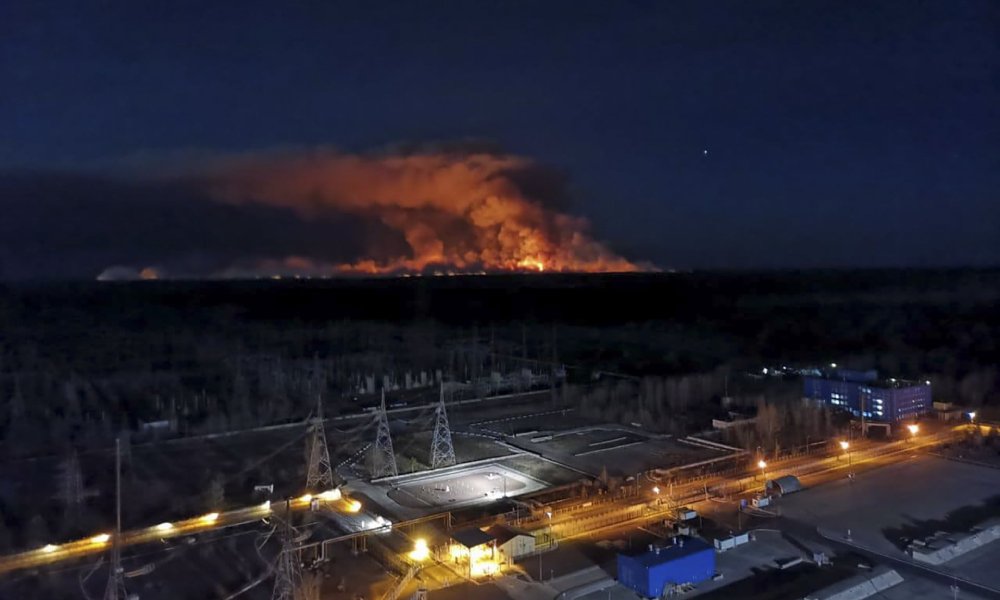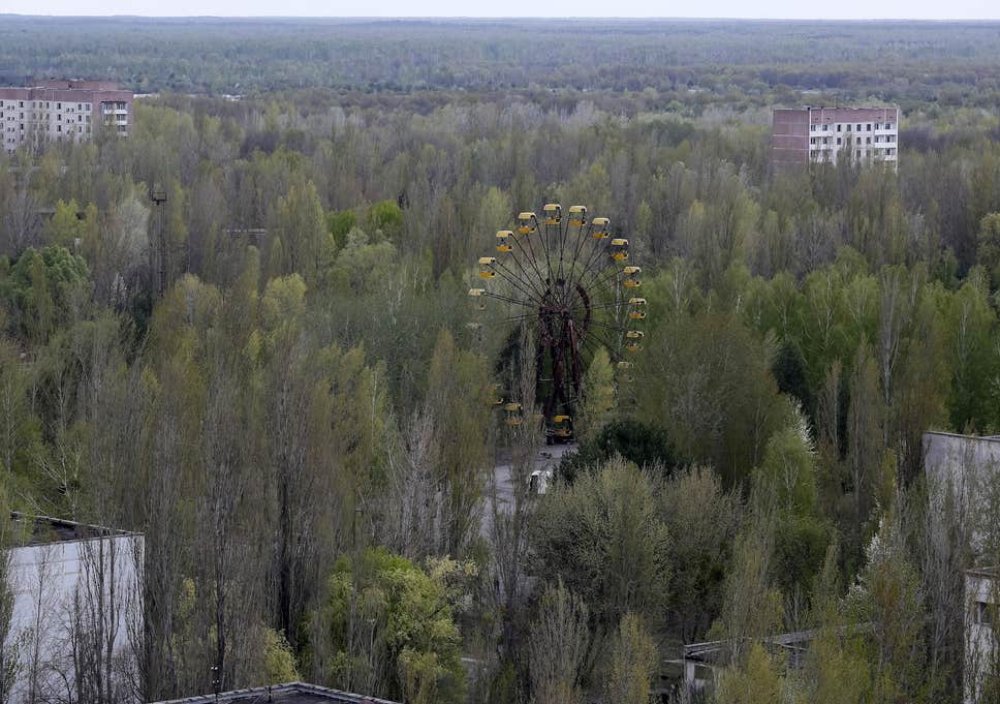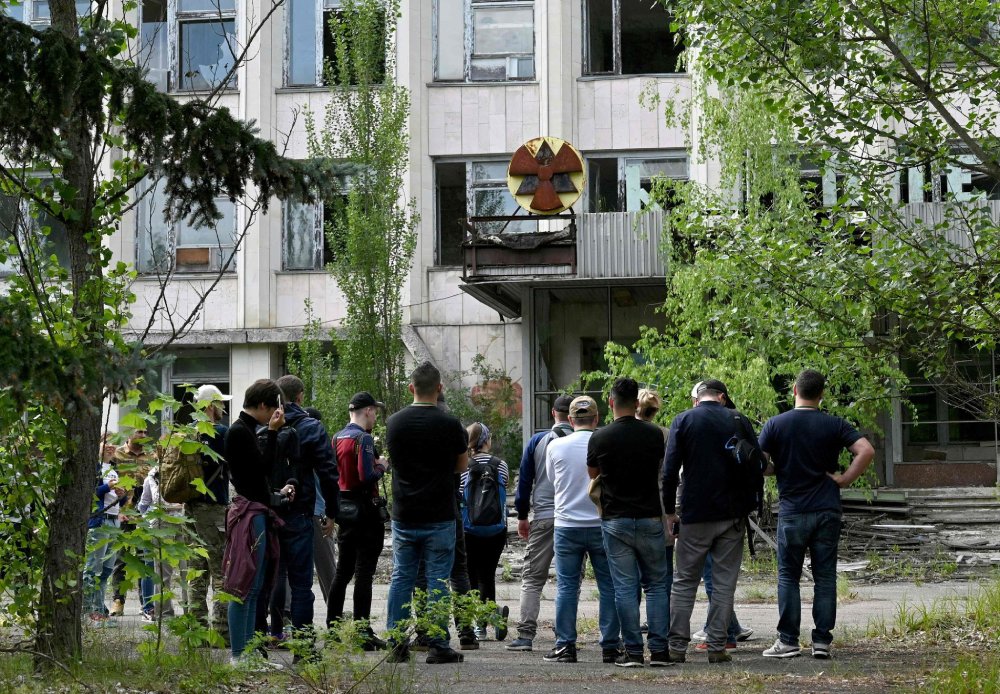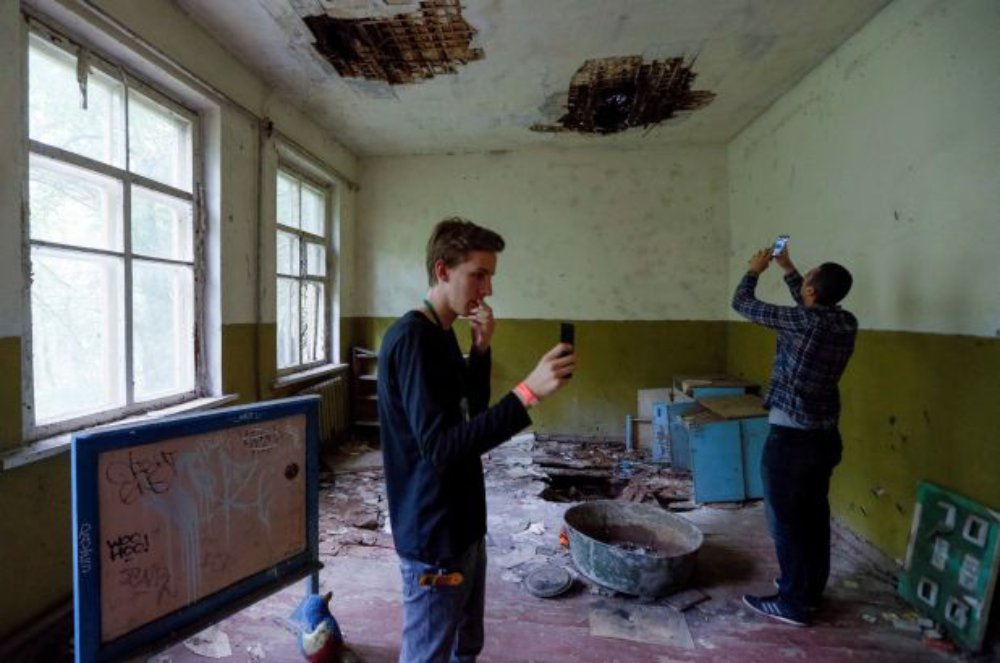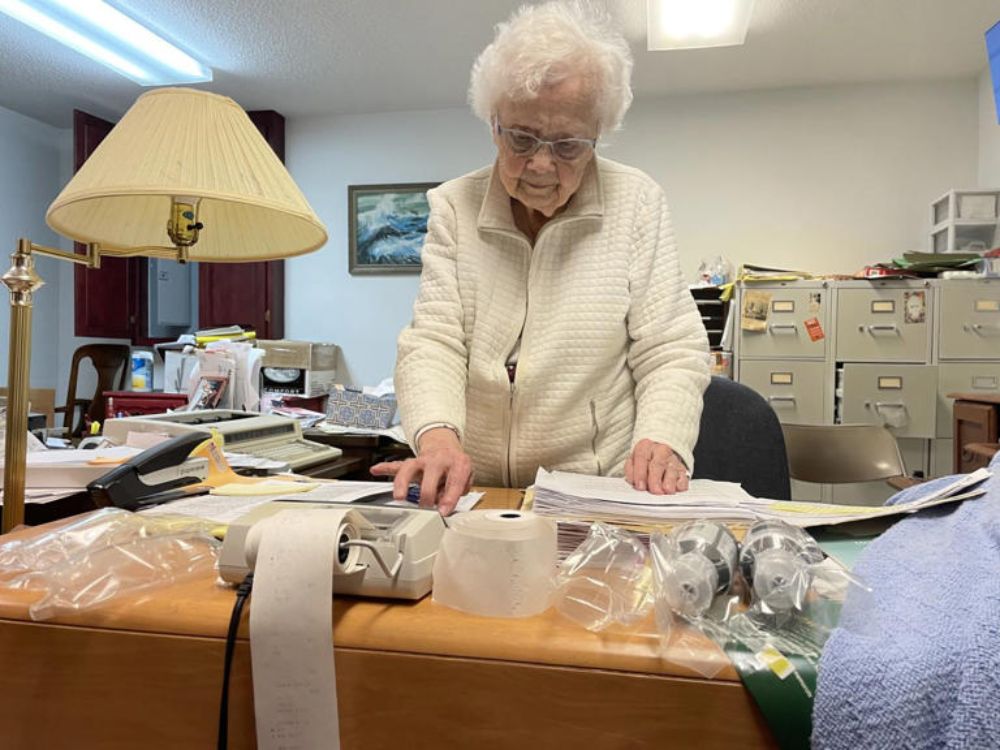烏克蘭切爾諾貝爾(Chernobyl)核電廠區附近今年4月初發生林火,多日未熄,火勢已經迫近1986年出事的核電站4號反應堆不足兩公里範圍內。當局已下令在隔離區(Exclusion Zone)邊陲的布列斯特(Poliske)村居民撤離。專家更擔心含有放射性物質的灰燼會隨風飄散到其他地區。
警方指出,林火在4月4日開始發生,懷疑是有人點火燃燒乾草引發山火,至今仍未受控制,估計已燒燬近35,000公頃的林木。現時有300多名消防員及數十輛消防車在現場撲救,當局亦派出直升機和飛機協助。烏克蘭隔離區國家管理局(State Agency of Ukraine on Exclusion Zone Management)代主管凱特琳娜‧帕夫洛娃(Kateryna Pavlova)說:「我們正日以繼夜工作開闢隔火帶,以保護林木。但至今亦還不能說火勢已受到控制。」
林火發生後,當地輻射水平一度較正常高16倍。據了解,核災發生後,大量輻射沉澱到隔離區的土壤中,被樹木和植披吸收,但當植物被燃燒時,這些放射性的粒子被釋放到大氣中。在當地從事生態研究多年的美國南卡來羅納大學生物科學敎授蒂莫西‧穆索(Timothy Mousseau)指出,樹木中的放射性核種(radionuclides)含有高濃度的幅射,會對人造成影響。
切爾諾貝爾核電站4號反應堆於1986年4月26日發生爆炸,洩漏大量輻射,至今仍是史上最嚴重的核事故。事後周邊2,600平方公里的範圍被列為隔離區。當地荒廢了30多年後,自然環境得以重生,長滿了松樹、樺樹、橡樹和白楊樹等。
數年前已有專家警告,當局倘不妥善管理林木,加上氣候轉變和天氣乾旱,會增加林火的風險。當地去年已經發生三次大型林火。
不過有當地人指出,這些林火都是人為的,是非法盜伐林木的人蓄意放火,以掩飾被毀的樹林。2015年隔離區發生了多宗林火後,該國國會曾成立委員會調查,委員會成員之一尼古拉‧托門科(Mykola Tomenko)說:「我毫不懷疑切爾諾貝爾林火的成因,是有人放火,以掩飾非法伐木活動。」
除了非法伐林,當地也興起了另類的經濟活動,包括旅遊、偷運廢棄的金屬和天然資源等。烏克蘭非盈利組織「停止貪污(Stop Corruption)」主管羅曼‧博卡拉(Roman Bochkala)說:「切爾諾貝爾已成了一個貪污的溫床。人們除了盜代木材,又從廢棄的汽車和設施拆下金屬,和摘取野生的草莓和蘑菇運到城市中出售,以賺取利潤。」
1990年代,當地人曾目睹人們將一車車的廢棄金屬從隔離區運走,當中很多是含有致命劑量的輻射。
在核電廠附近普里皮亞特鎮(Pripyat),近年亦成了「暗黑旅遊」(dark tourism)的熱點。該鎮在1970年代興建,供核電廠員工及家眷居住,原本可容納50,000人居住。核災難發生後,居民撤離,剩下荒廢的住宅、學校和遊樂場等。2011年起,當局開放當地給遊客參觀,去年便吸引了超過10萬名遊客前來旅遊,體驗當地的末日景象。去年7月,總統澤連斯基(Volodymyr Zelenskiy)更宣布在切爾諾貝爾(Chernobyl)隔離區開闢一條「綠色走廊」,以吸引更多遊客到訪。
此外,也有一些導遊,專門帶一些外國旅客探索一些官方旅遊團不會安排的地方,和留守區內的居民會面。

